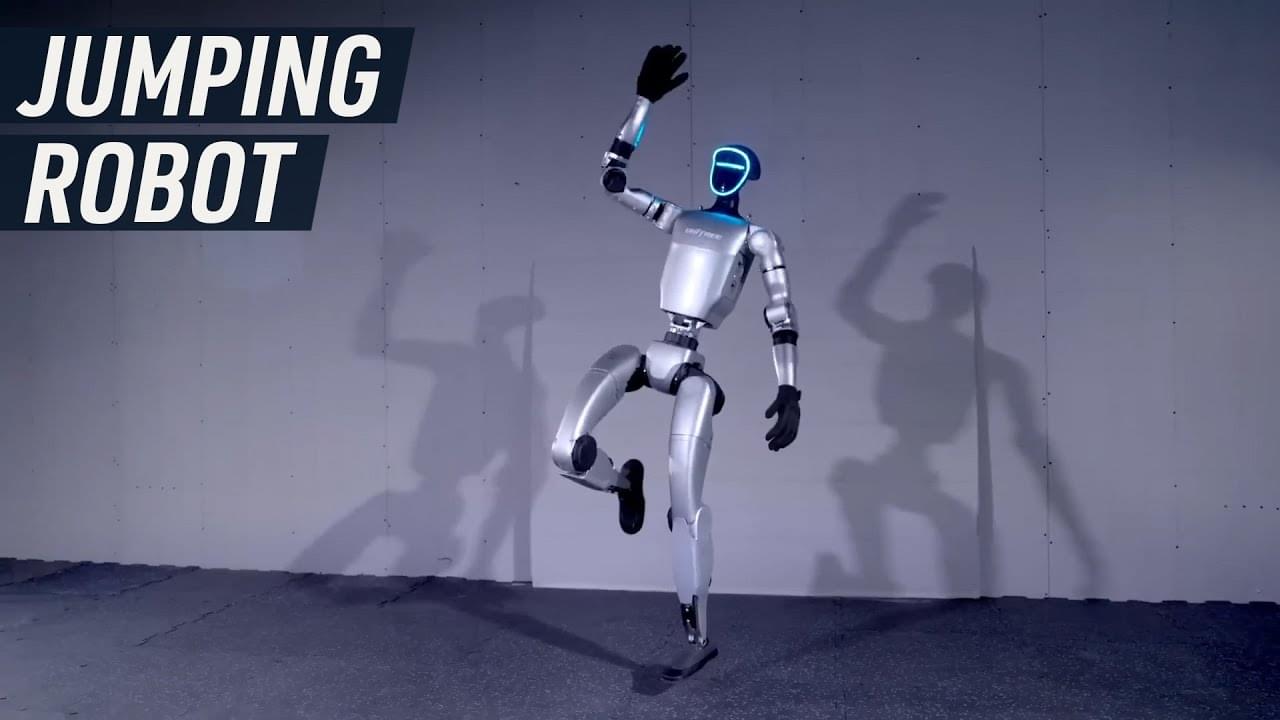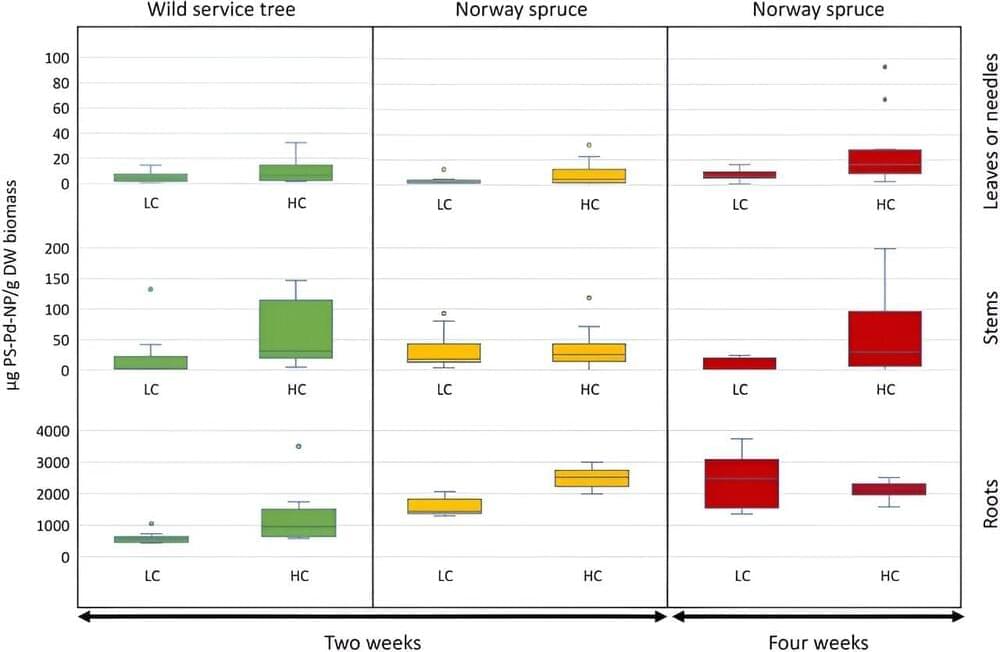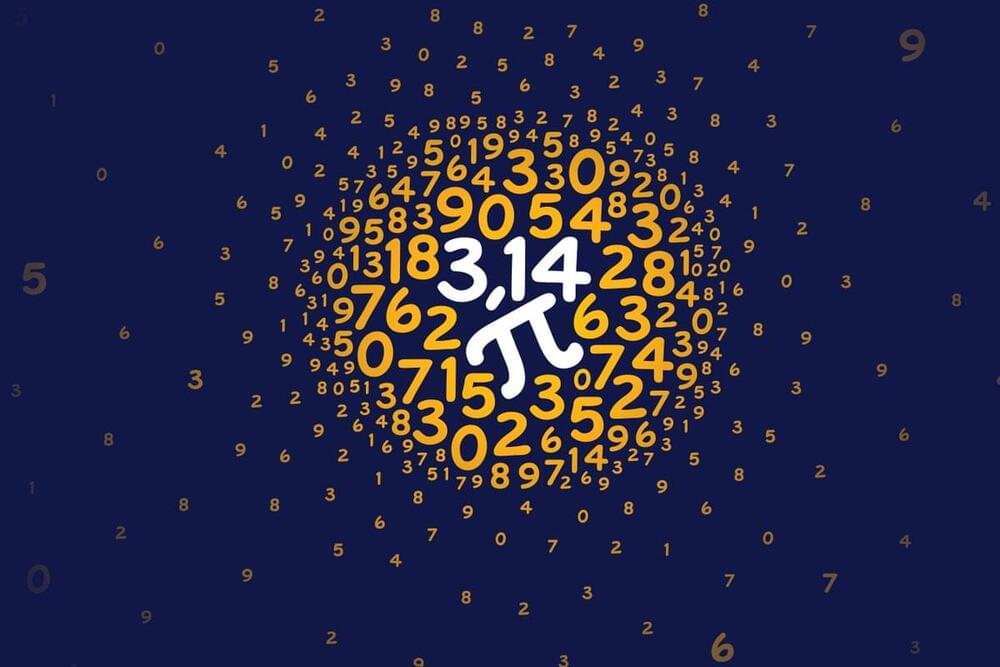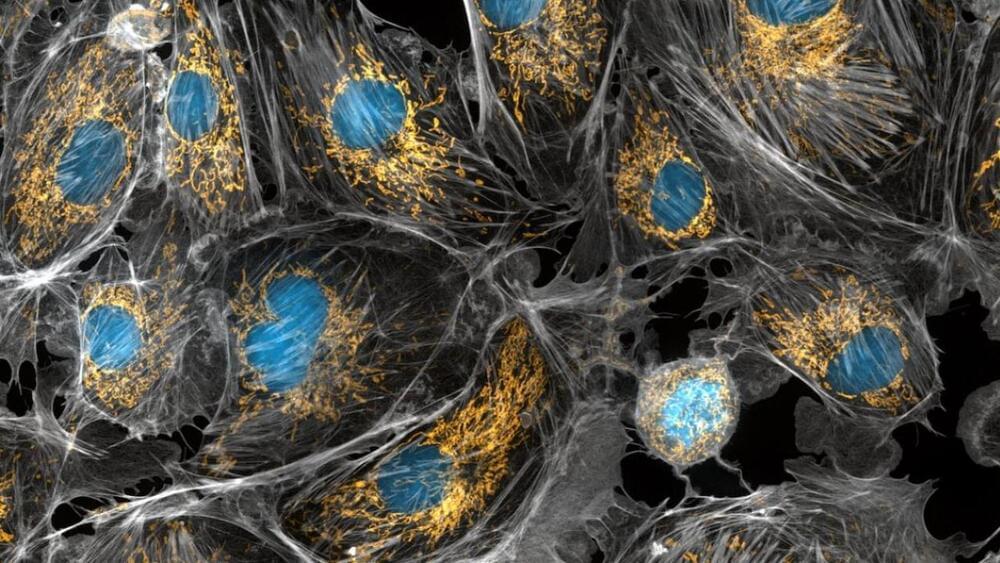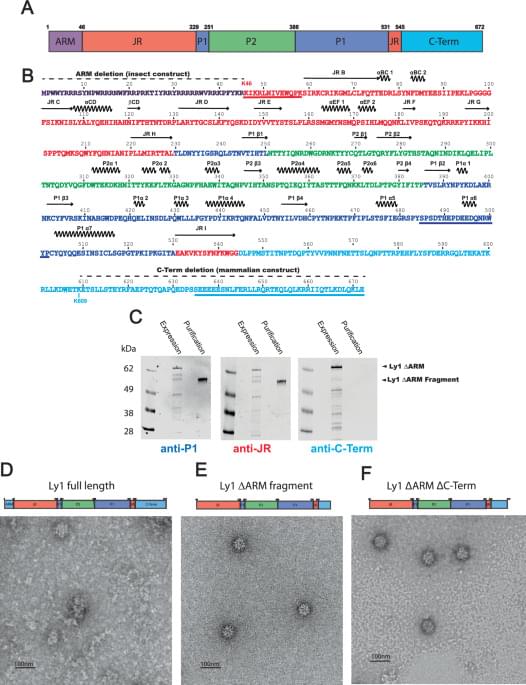The results were a significant improvement over the values produced by previous methods.
Unitree’s humanoid robot just got a mass production upgrade. The G1 will now feature stronger performance, the “ultimate appearance,” and is now more in line with mass production requirements according to Unitree.
Mashable is your source for the latest in tech, culture, and entertainment.
Follow us:
Check out https://mashable.com/
Facebook: / mashable.
Twitter: / mashable.
Instagram: / mashable.
And, if its in trees, guess where else it is, Crisis Yet? or nah.
It is well known that more and more plastic waste is ending up in soil and bodies of water. Researchers are particularly concerned about tiny micro-and nano-sized particles. It remains unclear how and to what extent they are able to enter living organisms—and what effect they may have on metabolism.
Serious Question, does anyone in here know people who made said AI or run named company? would be interested in system described.
Artificial intelligence is being tested at the Integrated Control Center in Ludwigshafen to save precious time during emergency calls. For example, a computer voice translates for callers who speak a foreign language.
According to an SWR report, the Integrated Control Center in Ludwigshafen is using artificial intelligence (AI) to speed up emergency call handling. Until now, it took valuable minutes when callers only spoke a foreign language. Dispatchers had to quickly find a colleague who could translate, which cost time and caused stress, says Manuel Fischer, head of the integrated rescue service department.
From the article:
When Saha and Sinha took a closer look at the resulting equations, they realized that they could express the number pi in this way, as well as the zeta function, which is the heart of the Riemann conjecture, one of the greatest unsolved mysteries in mathematics.
Two physicists have come across infinitely many novel equations for pi while trying to develop a unifying theory of the fundamental forces.
The number pi (π) appears in the most unlikely places. It can be found in circles, of course—as well as in pendulums, springs and river bends. This everyday number is linked to transcendental mysteries. It has inspired Shakespearean thought puzzles, baking challenges and even an original song. And pi keeps the surprises coming—most recently in January 2024, when physicists Arnab Priya Saha and Aninda Sinha of the Indian Institute of Science presented a completely new formula for calculating it, which they later published in Physical Review Letters.
A new study finds that mitochondria in our brain cells frequently fling their DNA into the cells’ nucleus, where the mitochondrial DNA integrates into chromosomes, possibly causing harm.
A new set of NASA science experiments and technology demonstrations will arrive at the lunar South Pole in 2027 following the agency’s latest CLPS (Commercial Lunar Payload Services) initiative delivery award. Intuitive Machines of Houston will receive $116.9 million to deliver six NASA payloads to a part of the Moon where nighttime temperatures are frigid, the terrain is rugged, and the permanently shadowed regions could help reveal the origin of water throughout our solar system.
Part of the agency’s broader Artemis campaign, CLPS aims to conduct science on the Moon for the benefit of all, including experiments and demos that support missions with crew on the lunar surface.
“This marks the 10th CLPS delivery NASA has awarded, and the fourth planned for delivery to the South Pole of the Moon,” said Joel Kearns, deputy associate administrator for exploration, Science Mission Directorate, NASA Headquarters in Washington. “By supporting a robust cadence of CLPS flights to a variety of locations on the lunar surface, including two flights currently planned by companies for later this year, NASA will explore more of the Moon than ever before.”
Innovative research has led to a new treatment for pancreatic cancer that utilizes nanoparticles to stimulate immune responses and improve drug delivery.
This strategy has produced significant results, with eight out of nine mice showing tumor improvements and two seeing their tumors completely eradicated. This approach holds promise for broader applications in oncology.
Innovative Pancreatic Cancer Therapy Development.
How can ultrasonic waves be used to treat chronic pain? This is what a recent study published in the journal Pain hopes to address as a team of researchers investigated how a noninvasive treatment known as Diadem, which is a novel biomedical device designed to use ultrasonic waves for combating chronic pain. This study holds the potential to help researchers develop more effective methods at treating chronic pain aside from invasive, surgical treatments.
For the study, the researchers enlisted 20 patients who suffer from chronic pain to participate in trials for the Diadem device or sham stimulations, the latter of which involved auditory masking that has been used in previous research. Each patient received two 40-minute sessions comprised of either the Diadem or sham treatments, followed by being monitored for one week. In the end, the researchers found that 60 percent of patients were received the Diadem treatments reported improved pain management on day 1 and day 7. In contrast, 15 percent and 20 percent of patients who received the sham treatment reported the same for day 1 and day 7, respectively.
“If you or your relatives suffer from chronic pain that does not respond to treatments, please reach out to us; we need to recruit many participants so that these treatments can be approved for the general public,” said Dr. Jan Kubanek, who is an assistant professor in the Department of Biomedical Engineering at the University of Utah and a co-author on the study. “With your help, we think chronic pain can be effectively silenced. And with new pain treatment options, we can tackle the opioid crisis, too.”
The authors provide the first anellovirus-like particle structure determined by CryoEM. The authors propose hypervariable regions on the spike domains extending from the particle surface contribute to the immune evasion properties of anelloviruses.

